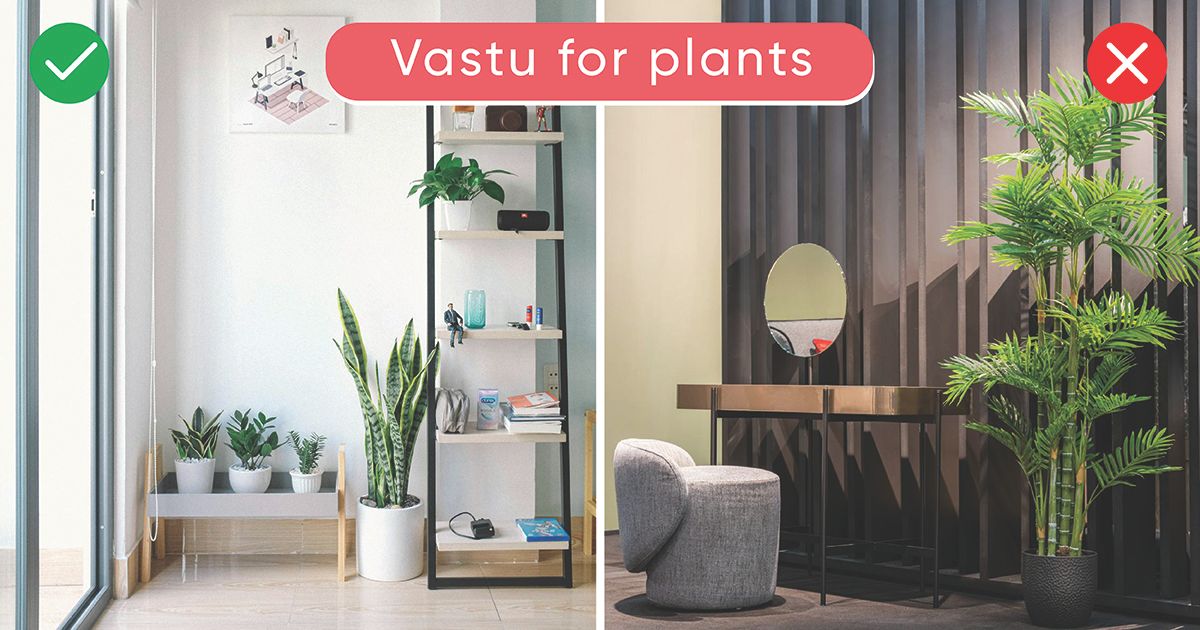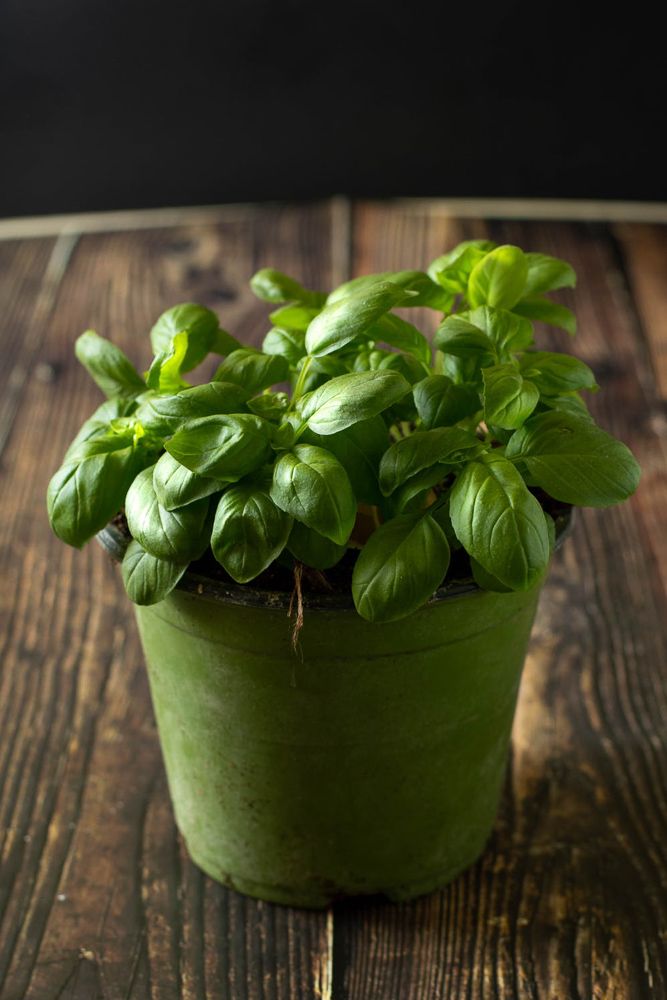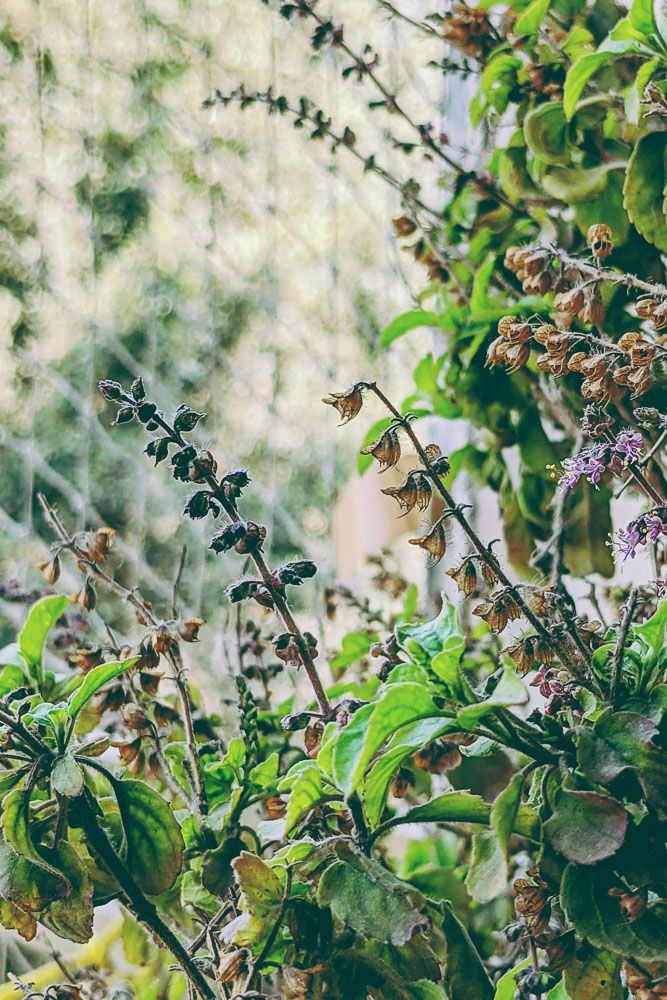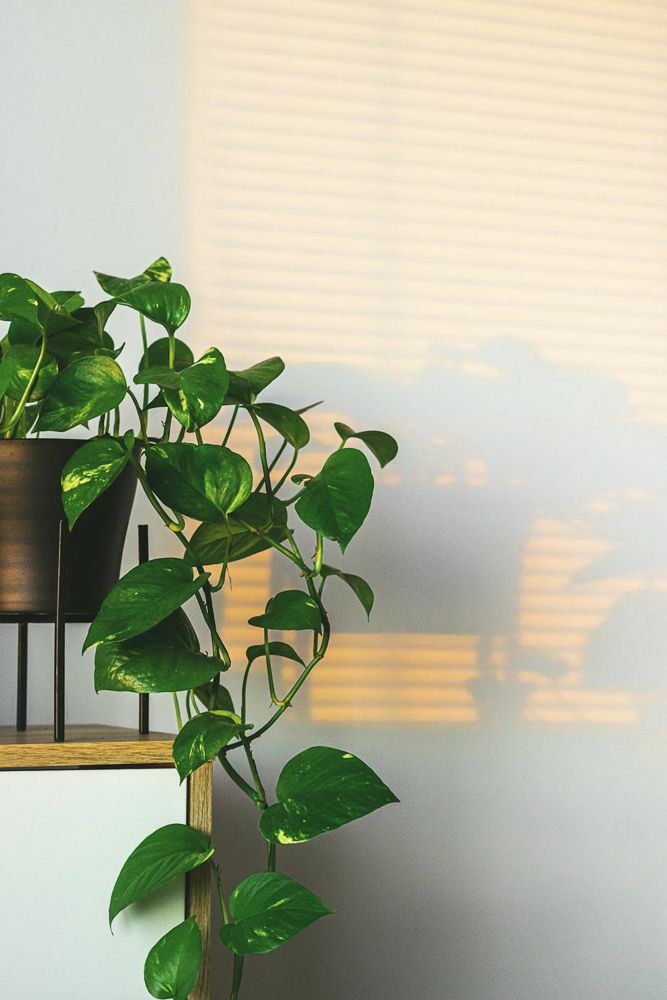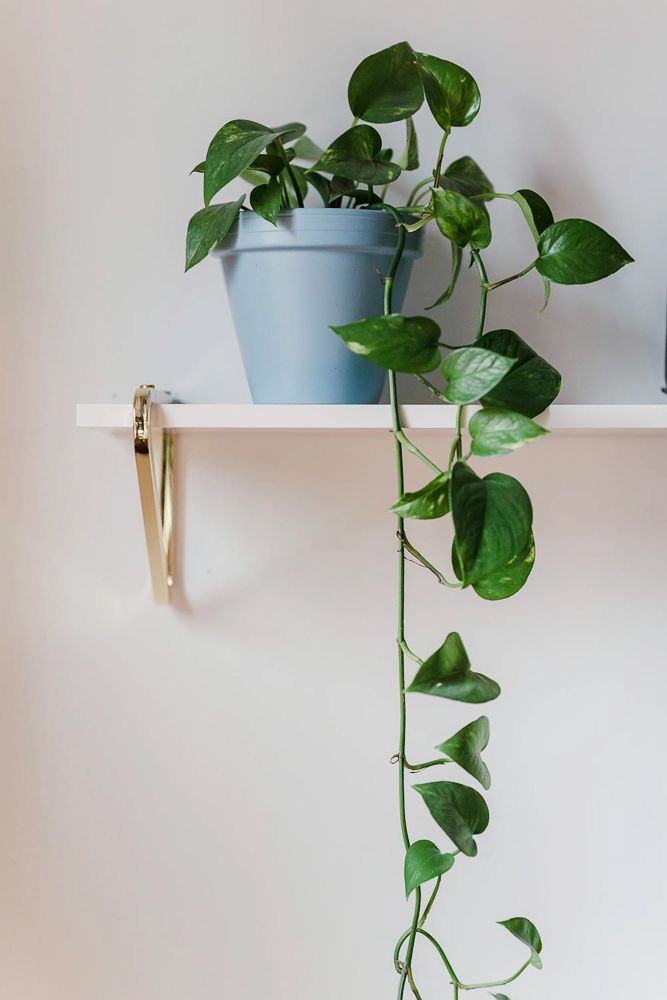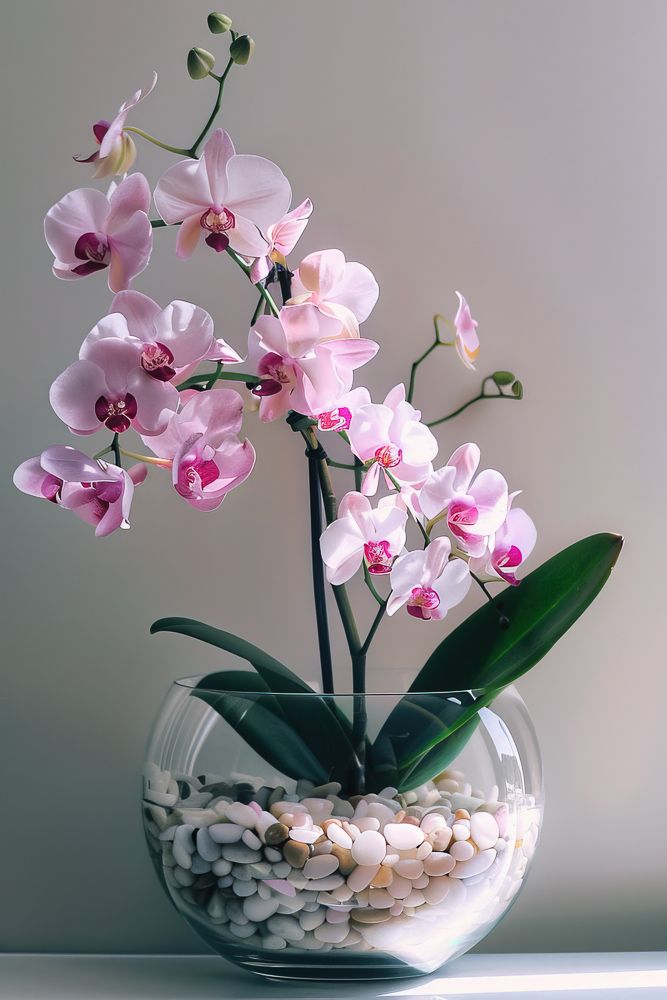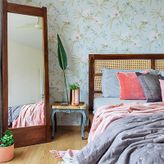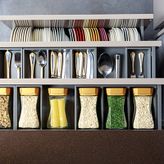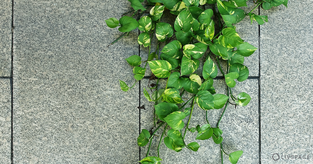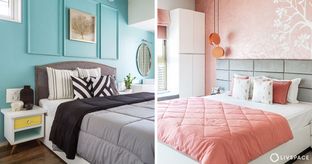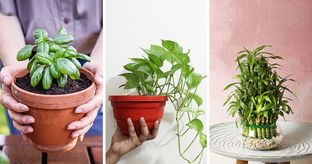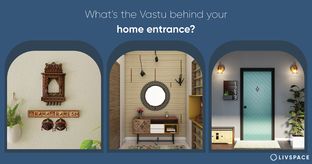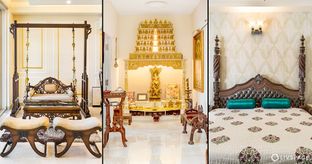In This Article
Houseplants offer a surprising number of advantages! They can freshen up your home’s environment, and certain varieties like tulsi, lotus, and orchids are particularly effective at air purification. These plants even comply with plant-based lifestyle restrictions. However, plant Vastu Shastra also advises against keeping certain plants indoors.
Wondering if you’re unknowingly harbouring these plants? Read on to find out!
Importance of each direction in plant Vastu Shastra
East (most auspicious)
The east is considered the most auspicious direction for plants in Vastu. It represents sunrise, new beginnings, and growth.
Recommended plants: Small to medium-sized plants with rounded leaves, such as jade plant, tulsi (holy basil), snake plant (in some interpretations), and money plant (in some interpretations) are believed to bring good health, prosperity, and positive energy.
North (suitable for certain plants)
The north direction is associated with the air element and the planet Mercury. It’s generally considered suitable for flowering plants, colourful foliage plants, and fruit-producing plants.
Recommended plants: While some flowering plants are encouraged in the north, an excess of plants, especially large ones, can disrupt the balance in this direction.
Northeast (highly beneficial)
The northeast is considered the most beneficial zone for a garden or a large plant in plant Vastu Shastra. It’s connected to spiritual growth and positive energy.
Recommended Plants: Plants with a beneficial or spiritual significance like tulsi (holy basil), banana trees (in some interpretations), or various medicinal herbs are believed to be particularly auspicious in this direction.
South (generally discouraged)
The south is ruled by Mars, the planet of fire and aggression. According to Vastu, placing plants in the south can lead to negative energy and conflict. However, some interpretations suggest keeping a few thorny or aloe vera plants here for protection (consult a Vastu expert for specifics).
West (limited options)
The west is associated with the air element and the planet Venus. Due to its connection with the setting sun, it’s not ideal for most plants. However, some drought-resistant or air-purifying plants like spider plants or certain cacti might be permissible (consult a Vastu expert for specifics).
Southeast (highly beneficial)
The southeast is associated with the fire element and the planet Venus, representing growth, prosperity, and positive energy. Plants with these symbolic qualities are believed to enhance the positive energy flow in this zone.
Recommended plants: The southeast corner thrives with plants like jade plants (known as money trees in many cultures), money plants (with their round, coin-shaped leaves), and other varieties with upward growth patterns, all believed to encourage success and well-being.
Southwest (discouraged)
Plant Vastu Shastra actually discourages placing plants in the southwest direction, which is associated with the earth element and stability. Plants, with their constant growth and life energy, can disrupt this stability.
Northwest (favourable)
This zone, governed by the air element and planet Venus, is associated with stability and grounding. Placing plants here is believed to be beneficial as they thrive in this balanced environment and contribute to the positive energy flow.
Recommended plants: Here, large, leafy plants with a strong root system are encouraged. Neem trees, known for their medicinal properties, are particularly favoured in this direction. Other beneficial options include fragrant flowering plants like jasmine or rose bushes.
Also Read: How to Transform Your Living Space By Decorating With Plants?
Plants not to have indoors according to plant Vastu Shastra
#1: Cactus

Both Vastu and Feng Shui experts suggest that cacti, although pretty, can transmit bad energy at home. It is believed that the prickly and sharp thorns on the leaves carry negative energies within them. Keeping a cactus at home can bring misfortunes and also cause stress and anxiety within the family, as per Vastu.
But this does not mean that you cannot have a cactus plant at home at all!
If placed in the right location, they can be beneficial. For example, when placed on your terrace or by the window, it fights the negative energy that’s trying to flow in. Therefore, despite being one of the plants which is not good for home Vastu, in a way, it actually becomes the “protector” for your home.
#2: Bonsai
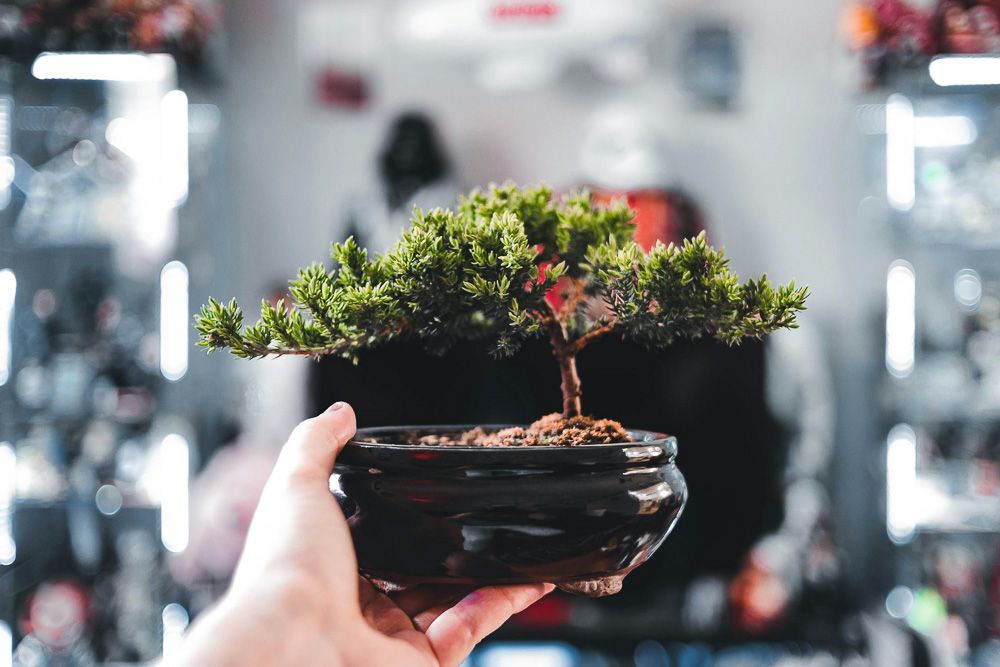
The core concept of bonsai involves inhibiting a tree’s natural growth to create a miniature version. In the plant Vastu Shastra, this is seen as an inauspicious symbol that can potentially impede the growth and prosperity of the inhabitants of the house. These plants need a more open space like a garden or a verandah.
#3: Cotton plant
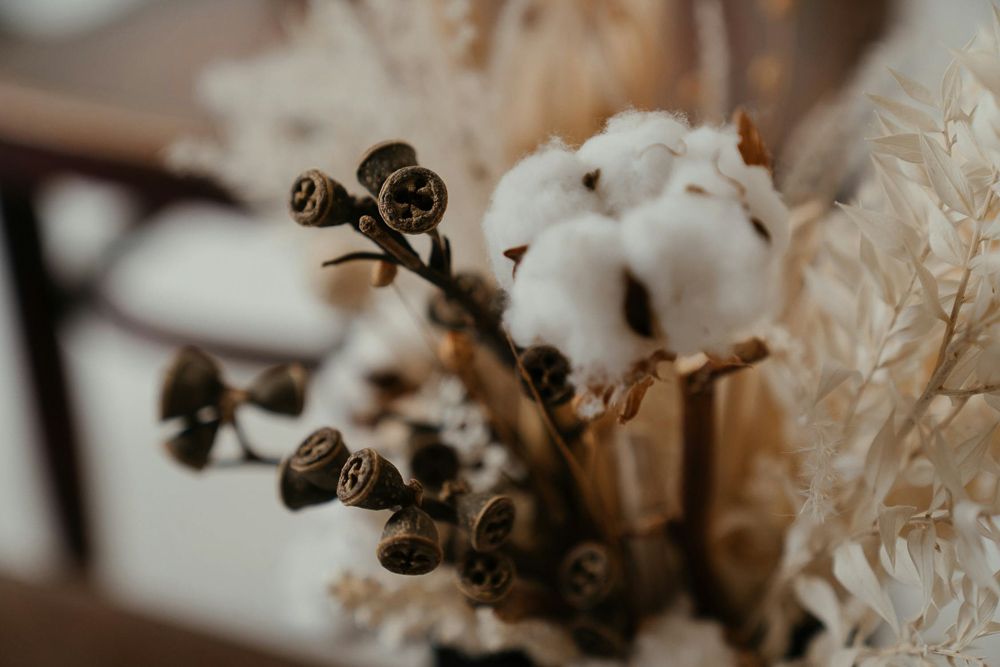
Cotton plants develop spiky seed pods and can have a slightly thorny stem. In Vastu, sharp or pointed elements are believed to disrupt the flow of positive energy (chi) and create negative energy.
The life cycle of a cotton plant might be seen as unfinished indoors. While the plant produces beautiful flowers, the bolls don’t necessarily mature into usable cotton in a typical home environment. This incompleteness might be interpreted as hindering the potential or growth of the inhabitants. An ideal spot would be a sunny patio, balcony, or porch where they can receive at least 6-8 hours of direct sunlight daily.
#4: Mehendi/myrtle
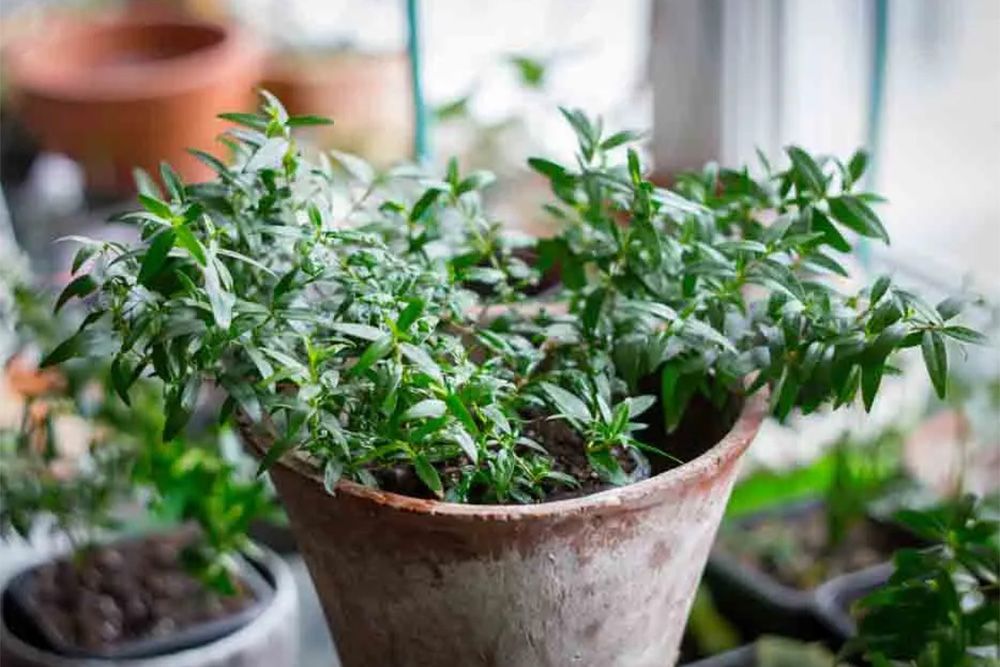
It is said that evil spirits dwell in mehendi or myrtle plants, and one should not keep these at home. In Hindu mythology, the myrtle or mehendi plant was created by the demon king Ravana’s sister, Suparnaka. This demonic connection led to the plant being considered inauspicious.
In some Indian cultures, mehendi leaves are used in funeral rituals which may have contributed to its association with death, mourning, and negative energies. Placing your Mehendi plant in a pot on a south or southwest-facing balcony or patio allows you to enjoy it while keeping it outside the living area.
#5: Dead plants
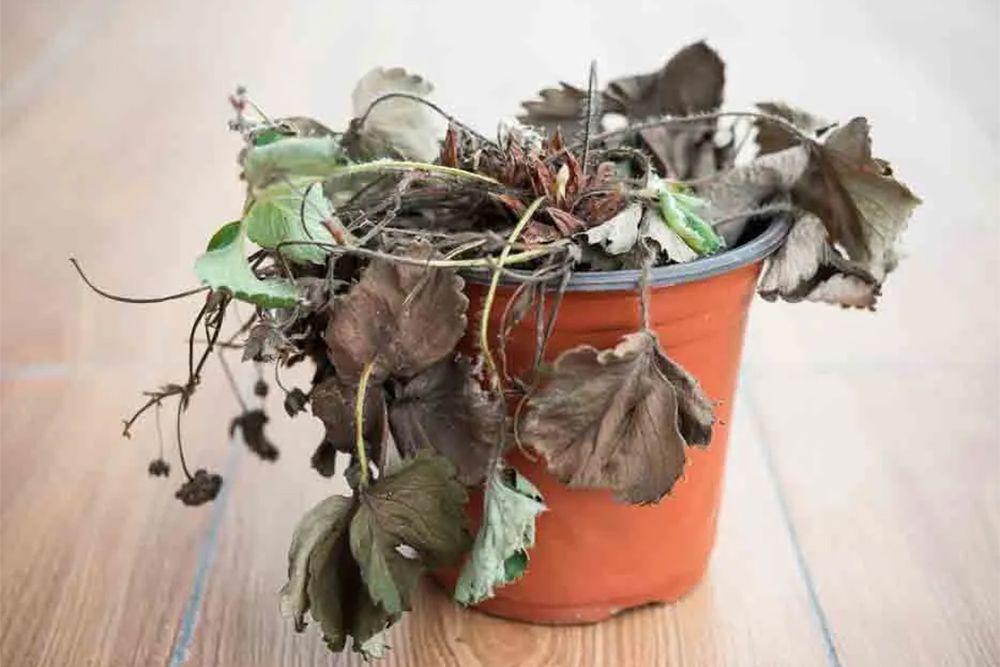
Wilting or dead plants are seen as inauspicious, so it’s best to remove them from your home and replace them with fresh, green, and ideally flowering plants to bring positive energy into your space.
Also Read: 5 Vastu-Friendly Plants That Encourage Wellness at Home
#6: Sago palm
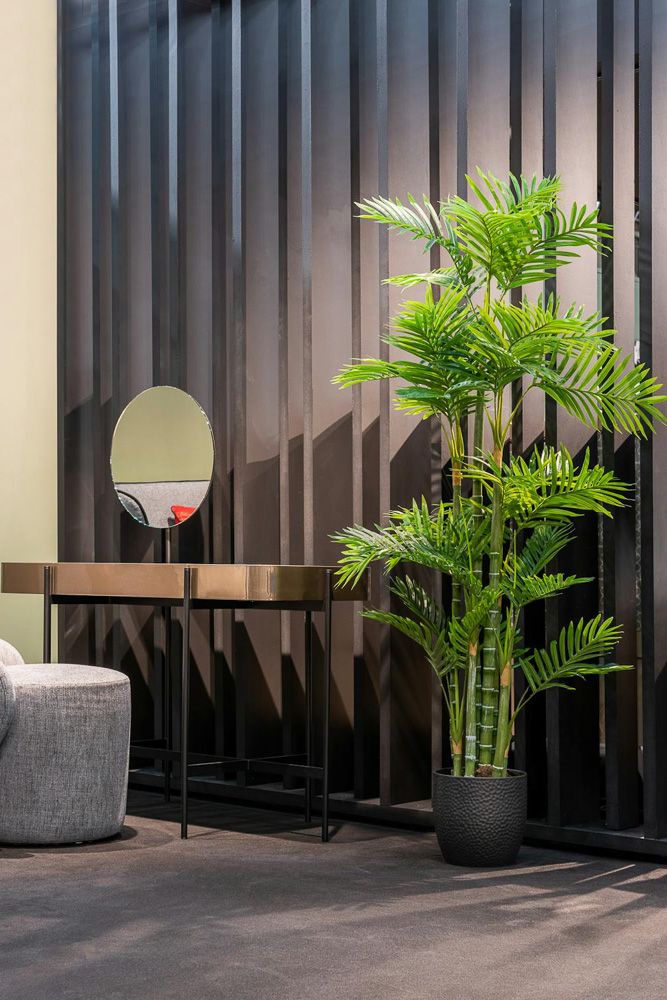
The fronds of a Sago Palm have a spiky or pointed appearance. In plant Vastu Shastra, stagnant or slow growth can be seen as a reflection of stagnant energy flow. Plus, these are slow-growing plants that can take a long time to mature indoors so plant them in the east or north direction of your garden landscaping.
#7: Dumb cane
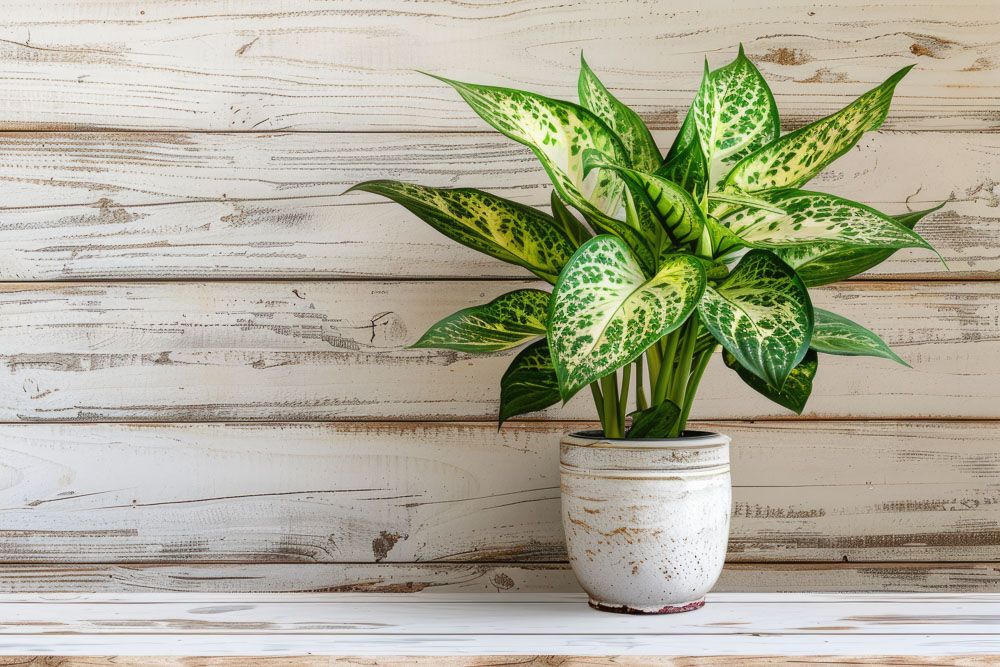
Dumb Cane plants are known to be toxic if ingested or if the sap comes into contact with skin or eyes. This toxic characteristic might be seen as introducing a negative element into the living space according to some Vastu interpretations. Plus, they have pointed leaves so grow them outside according to garden Vastu.
Other plants not to have at home according to plant Vastu Shastra
- Tamarind tree: It is believed that if a tamarind tree is planted in the house garden, it prevents the growth of the family members and causes illness
- Date palm tree: These tropical trees, though easy to grow, can cause financial hardships for the family
- Bamboo tree: While bamboo is lucky according to Feng Shui, Vastu Shastra considers it morbid because it is used at the time of death in India
- Babul tree: Also known as the Arabic gum tree, babul’s thorny presence around the house can cause fights among family members
- Banyan tree: Their large roots can grow under and even into buildings, causing cracks and instability. Also, the Banyan tree’s thick branches and leaves can block sunlight and fresh air, making your living space feel dark and stuffy.
- Caladium: These vibrant plants can create unharmonious energy due to their bold colours and patterns.
18 Vastu plants you can have at home
#1: Tulsi or holy basil
Tulsi is revered in Hinduism as a sacred embodiment of Goddess Lakshmi, the goddess of prosperity and well-being. Having a Tulsi plant (and/or a Tulsi mandir) in the east direction of your home is believed to bring positive energy, good luck, and blessings. It is also known for its air-purifying properties, contributing to a healthier and more refreshing indoor environment.
#2: Money plant or pothos
The round, coin-shaped leaves of the money plant symbolise wealth and good fortune. The trailing vines of the money plant represent growth and new beginnings. It’s believed to bring positive energy for career advancement, business ventures, or personal development. The money plant thrives in the southeast area of your home.
#3: Neem tree
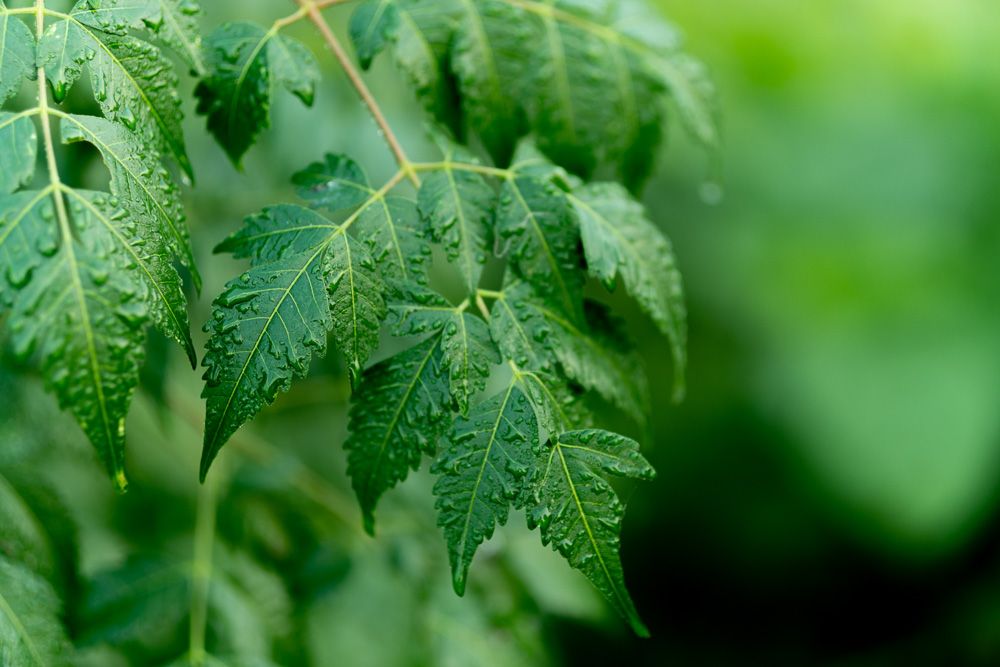
Neem trees are well-known for their air-purifying properties, filtering pollutants and releasing oxygen. This creates a healthier and more invigorating environment around your home when placed on the eastern and northern sides of the property. Plant Vastu Shastra also acknowledges the medicinal uses of its leaves and bark with well-being and healing.
#4: Banana plant
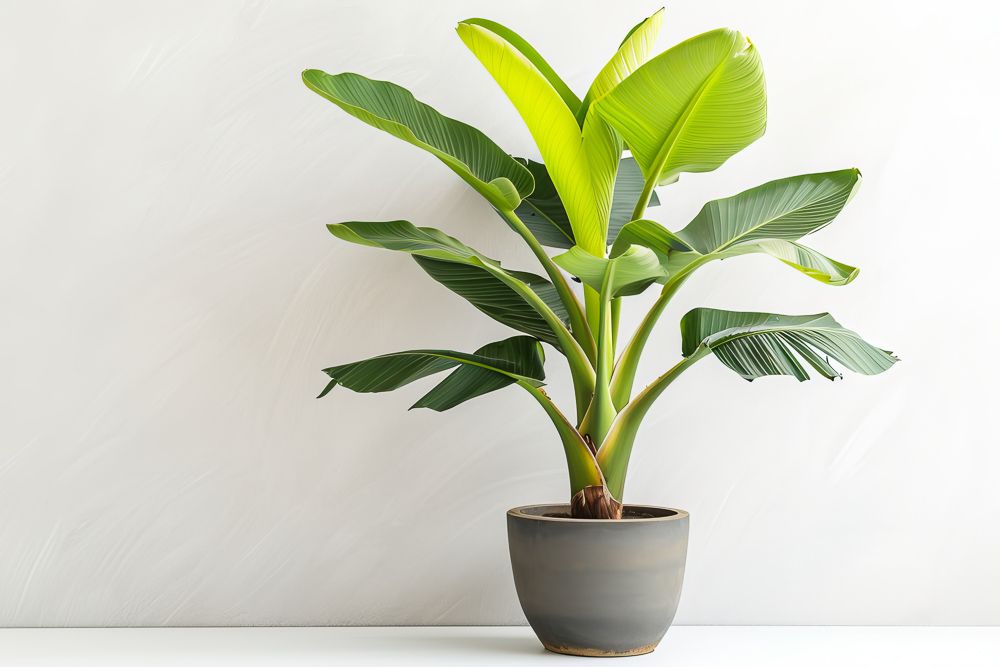
The ever-growing nature of the banana plant symbolises abundance, fertility, and overall well-being in the plant Vastu Shastra. The northeast and east directions are considered the most beneficial zones for a banana plant.
#5: Lotus plant
The Lotus flower rises from muddy water, blooming with pristine beauty. In Vastu, this symbolises the potential for spiritual growth and overcoming challenges. Its association with Goddess Lakshmi in Hinduism also adds to its auspiciousness. Northeast, north, east, or centre are the ideal directions to keep a Lotus plant according to plant Vastu Shastra.
#6: Orchids
According to plant Vastu Shastra, these beautiful flowers symbolise love, fertility, and abundance. Many believe that keeping orchids in your bedroom can boost romance and create a more intimate atmosphere. The ideal spot for your orchid is in the southwest corner of the room.
Also Read: 4 Ways to Fix Your Bedroom Vastu to Keep Peace and Romance Alive
#7: Lavender

Amongst all the Vastu plants at home, not only is lavender’s scent known to be calming and help with stress, low mood, and even headaches, but it also acts as a natural bug repellent. Many house pests dislike the strong fragrance of lavender, making it a double threat against stress and pests! Following plant Vastu Shastra principles, the ideal spots for lavender plants are in the north, northeast, or east areas of your home.
#8: Herbs
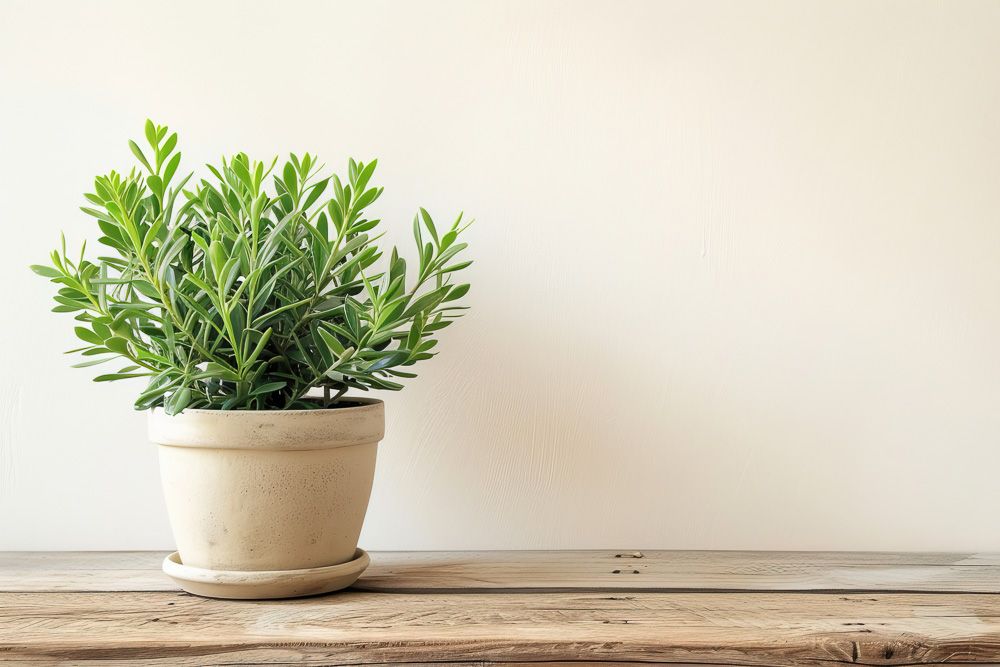
Growing herbs like thyme, coriander, and rosemary in your kitchen is seen as positive according to plant Vastu Shastra. Some of these Indian herbs, especially rosemary, have air-purifying properties, which can contribute to a healthier indoor environment.
The east window is considered the most auspicious location for a small indoor herb garden. The east represents new beginnings and growth, which aligns well with these herbs.
#9: Rubber

Rubber plant is believed to bring good luck and prosperity and it’s the best indoor plant unless you have a warm climate. The good news is they’re easy to care for indoors! Just keep in mind that the plant’s milky sap can irritate skin and is especially dangerous for those with latex allergies, and pets like cats, dogs, and horses. The trusty rubber plant is said to thrive and bring positive energy when placed in the southeast corner of your home.
#10: Snake plant
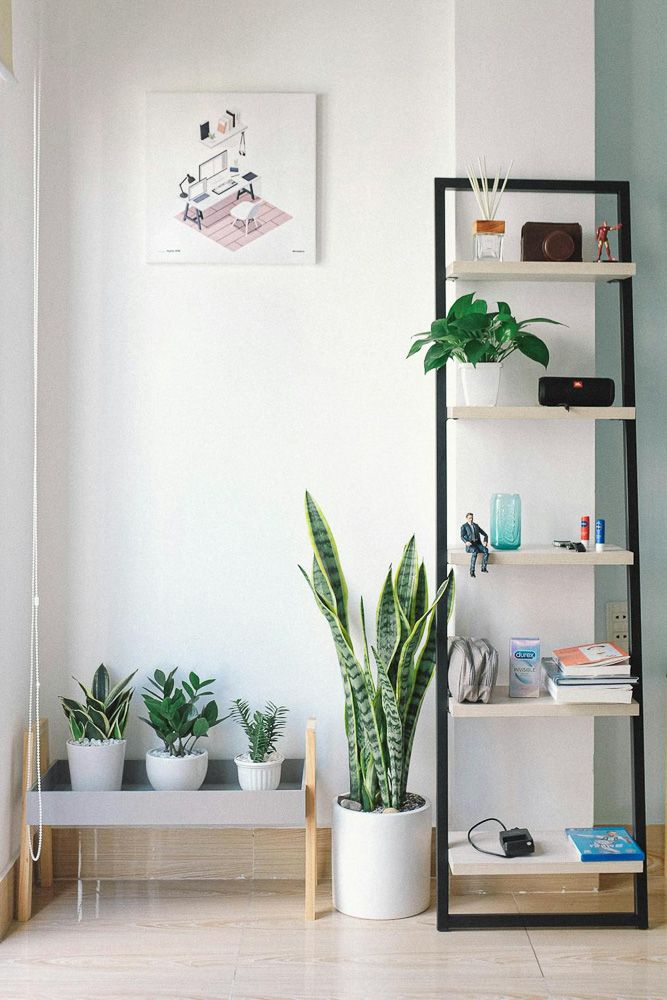
Vastu recommends placing it in the south, east, or southeast corners for the best results. Here are some extra tips for your snake plant’s happy home: avoid tabletops and keep it away from other plants. Remember, snake plants love dry environments, so bathrooms are a no-go!
Also Read: The Ultimate List of Indoor Plants for Lazy People
#11: Aloe vera
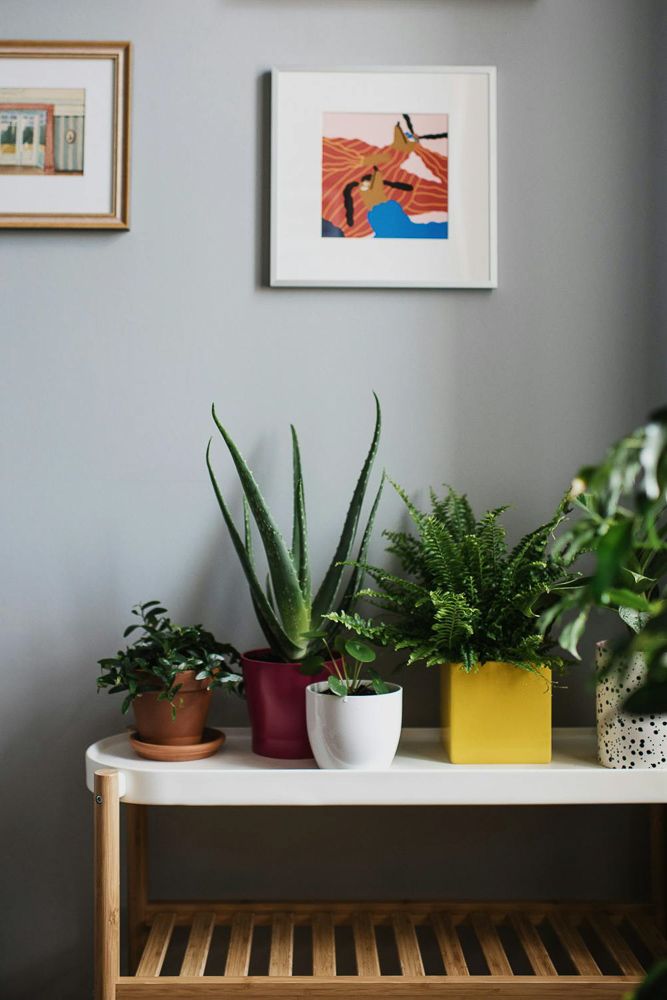
Beyond its well-known skin-soothing properties, having an Aloe Vera plant amongst all the Vastu plants at home can bring some positive vibes too! It’s believed to improve the air-quality at home by boosting oxygen levels. Keeping the Aloe Vera plant in the eastern or northern part of your house ushers in happiness and prosperity.
#12: Peace lily

Believed to bring good vibes and positive energy, peace lilies are a great choice for any home. While they can be placed anywhere, the west or south-facing windows are said to be ideal spots. Plant Vastu Shastra also suggests keeping a peace lily in your children’s room to promote focus and create a peaceful environment for them. A warning though: Lilies are poisonous to cats, and can cause stomach upset and skin irritation in humans.
#14: Ashoka tree
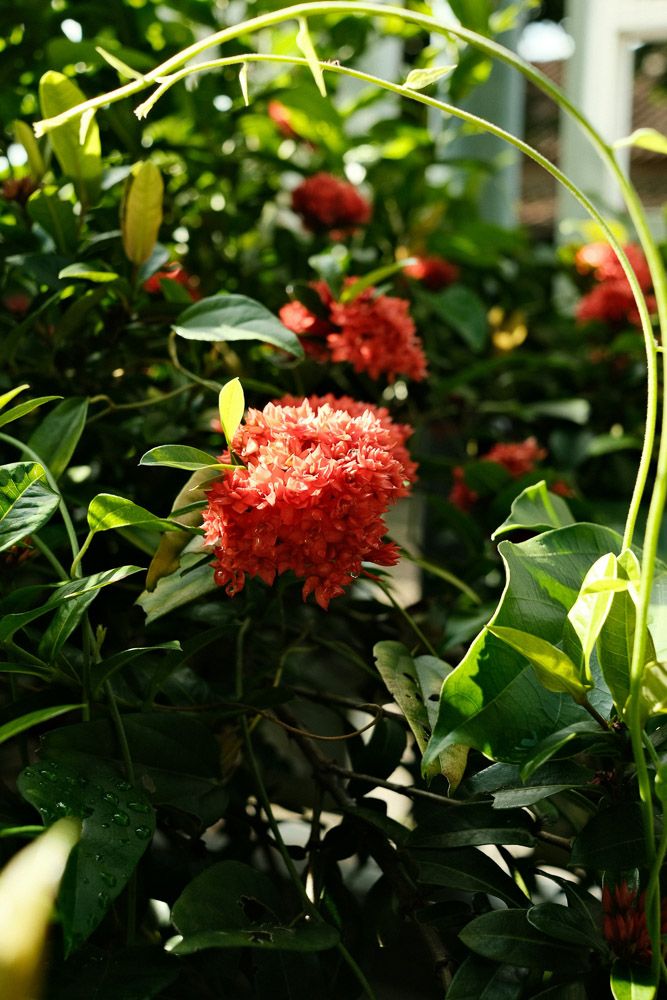
Some believe it has the power to remove negative influences and promote the smooth completion of tasks within the household. Whether you’re looking for a touch of beauty or a boost of good luck, the Ashoka tree planted towards the north is a popular choice.
#15: Chrysthanemum
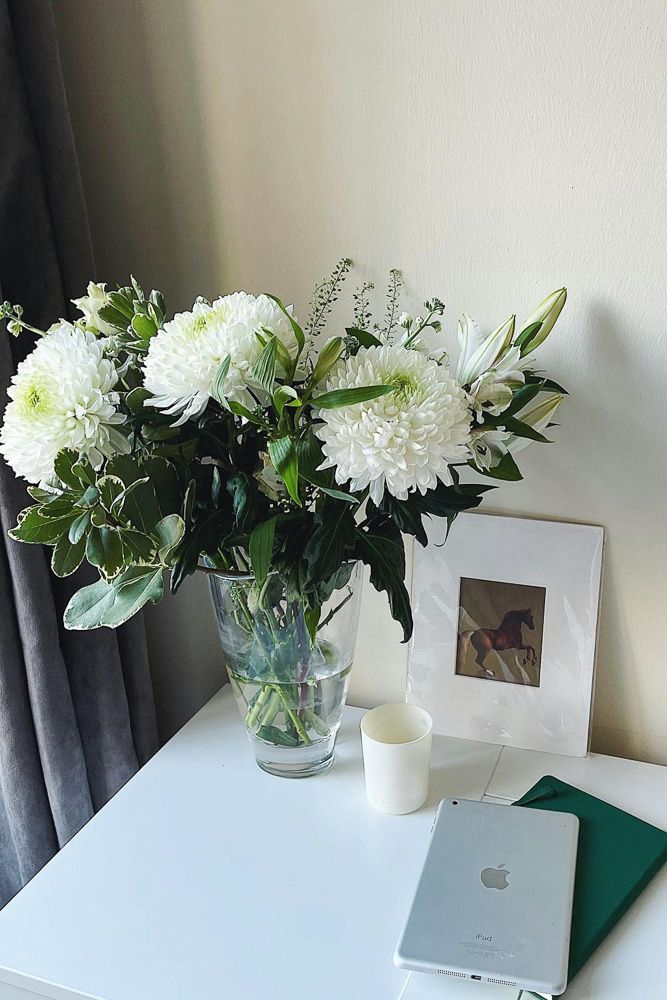
Not only does this flower brighten your day with its sunny colour, but it’s also believed to attract good luck and positive vibes when placed in the southeast direction of the house. It even acts as a natural air purifier, removing toxins from your home. Interestingly, in Buddhist cultures, chrysanthemums are a common sight gracing altars, symbolising their spiritual significance.
#16: Daffodil
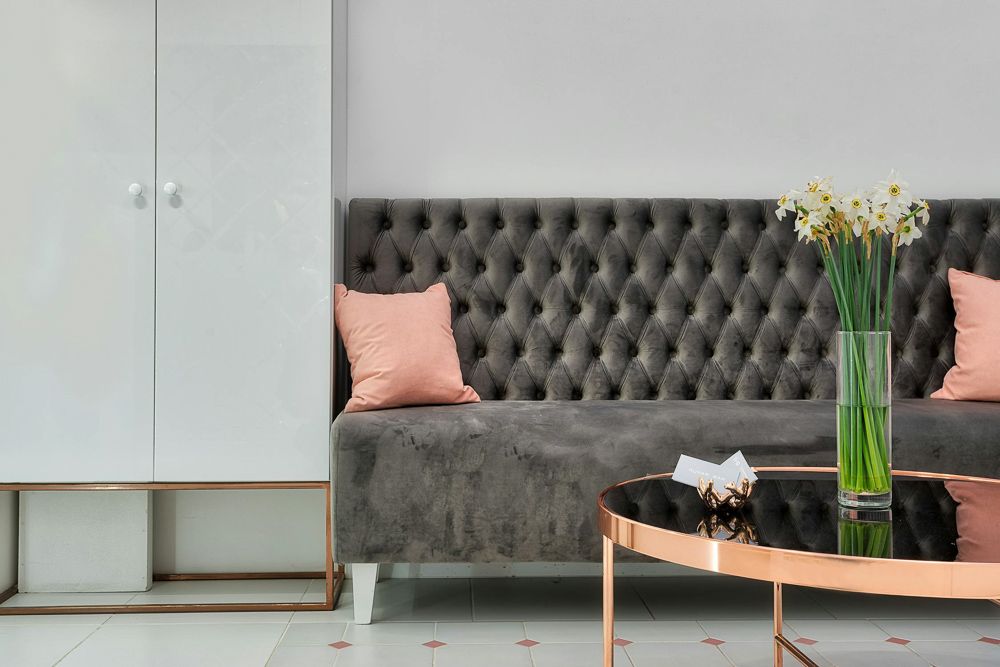
According to the plant Vastu Shastra, the daffodil is a symbol of positivity, representing faith, truth, and forgiveness. To maximise these benefits, it’s recommended to plant daffodils in the north or northeast part of your home. But that’s not all! These cheerful flowers are also believed to bring good luck and fortune to the homeowner and their family.
Also Read: 28 Unique Flower Vases Revealed for Your Living Room
#17: Jade

Plant Vastu Shastra suggests placing a Jade plant in the north or east part of your home for good luck and prosperity. The living room is another great spot, as it’s a social area where people gather, allowing the plant’s positive energy to be shared.
#18: Jasmine
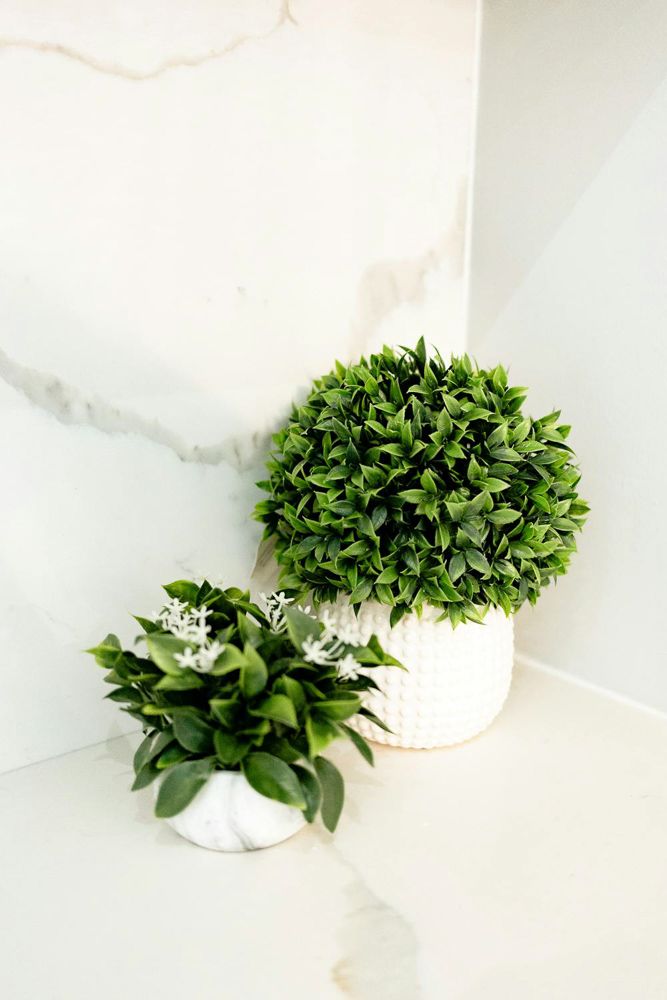
Consider adding a jasmine plant to your home! Believed to attract positive energy and promote love in relationships, this fragrant friend can be easily incorporated into your indoor space. Just find a sunny spot near a south-facing window for it to thrive. If you’re planting jasmine outdoors, aim for an east, north, or northeast location.
Also Read: Consider These 8 Best Indoor Plants if Your Apartment is Dimly Lit
Plants and their toxicity levels to humans and animals
| Plant | Toxic to Cats | Harmful to Dogs | Toxic to Humans |
| Lily | Yes | Moderately | Moderately |
| Sago Palm | Yes | They are | Yes |
| Dumb Cane | Moderately | Mildly | Moderately |
| English Ivy | Yes | Yes | Mildly |
How can Livspace help you?
With these beautiful plants chosen according to plant Vastu Shastra, you’ll be well on your way to achieving those good vibes your home deserves. Now, let’s get you some flawless interiors to match the good vibes:
- Livspace has been revolutionising home interiors since 2014
- We have delivered 75,000+ happy #LivspaceHomes
- Our team consists of 3,500+ expert designers
- We offer easy EMIs and a flat 10-year warranty*
Let us help you create your dream home interiors! Book a consultation NOW!
*For select finishes on modular products. For full scope of warranty, please visit livspace.com/in/service
Disclaimer: All contents of the story are specific to the time of publication. Mentions of costs, budget, materials, finishes, and products from the Livspace catalogue can vary with reference to current rates. Talk to our designer for more details on pricing and availability.

